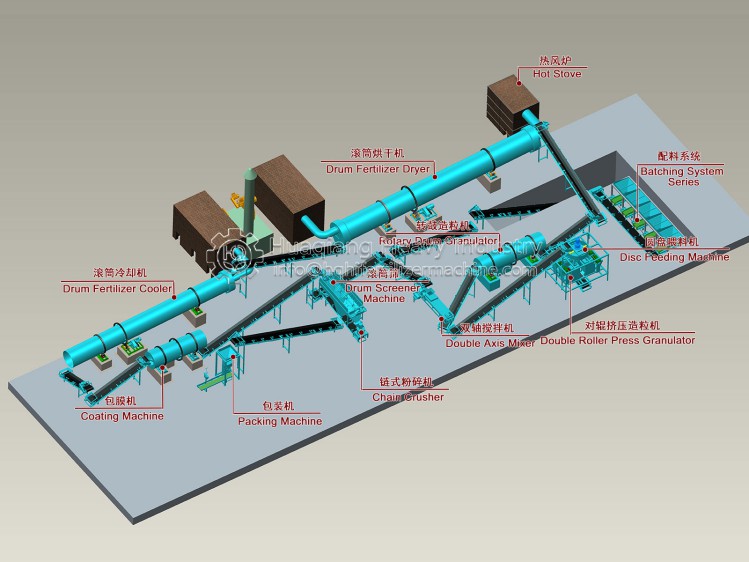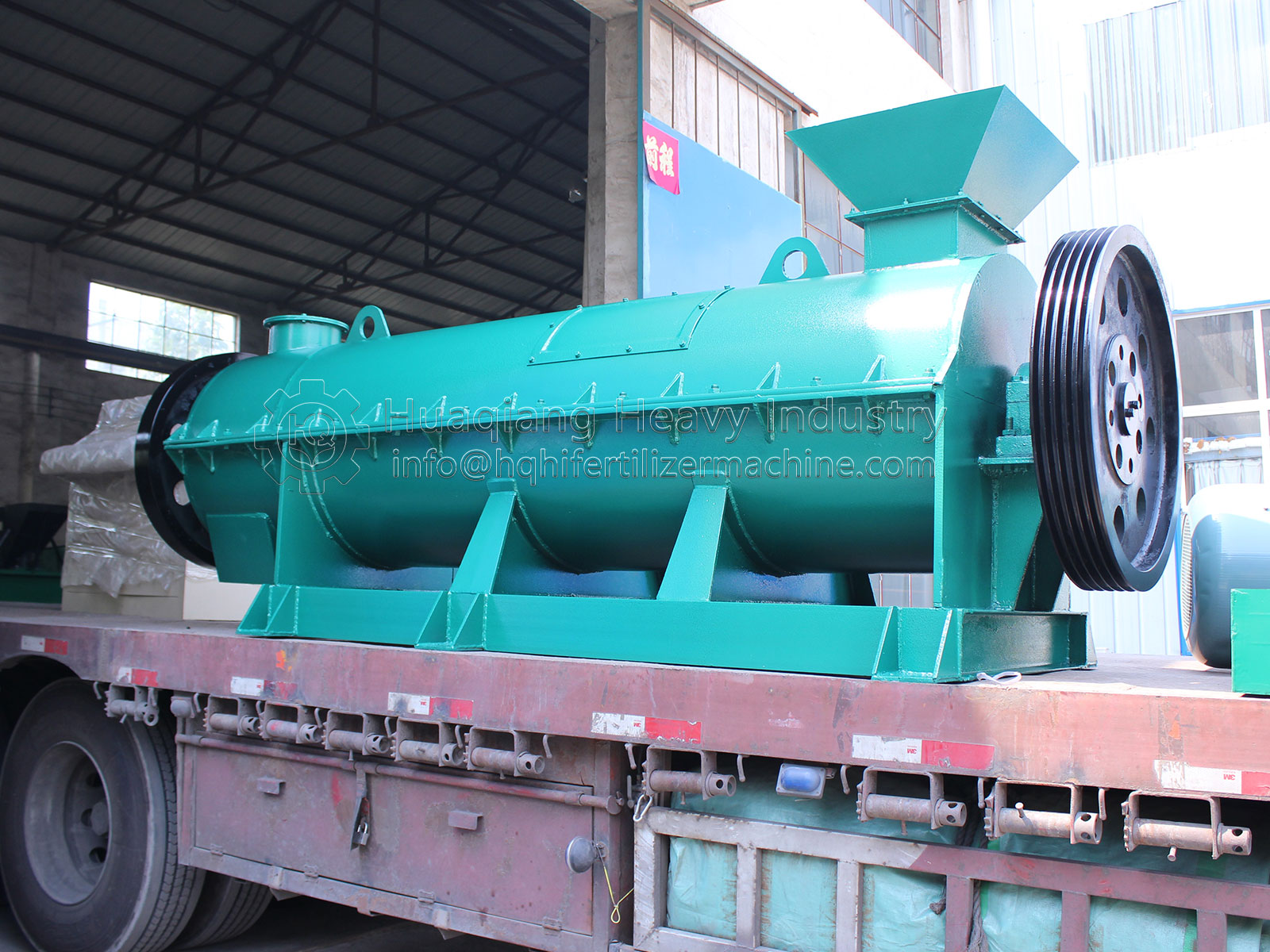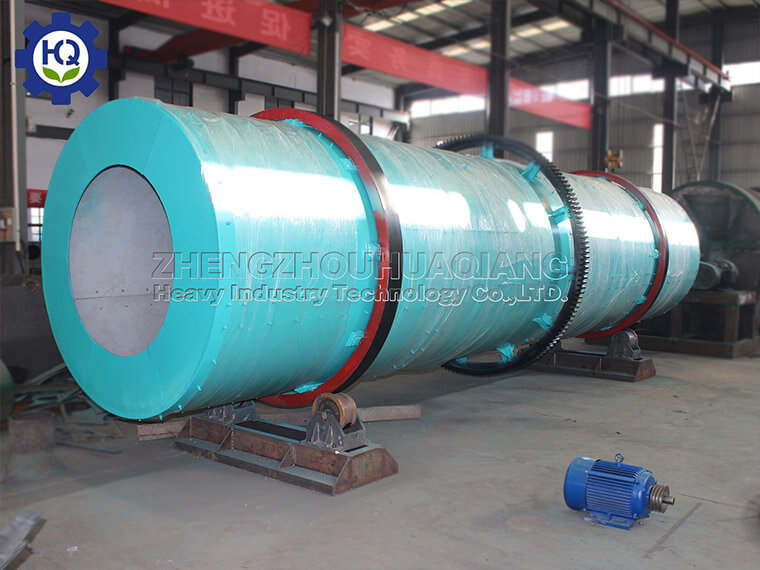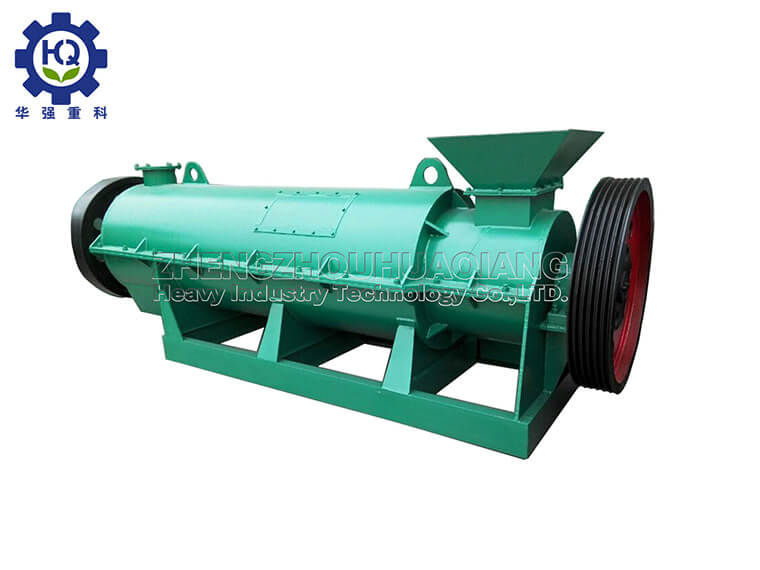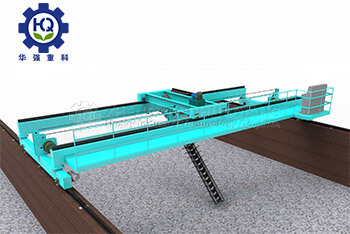Advantages of using disc granulator to process chicken manure organic fertilizer
1. The chicken manure organic fertilizer does not contain any chemical components. Due to the poor digestion ability of the chicken, it can only consume 25 nutrients, while the other 75 nutrients in the feed are discharged with the feces, so that the dry product contains nitrogen, phosphorus, potassium, organic matter, amino acid, protein and other components.
2. The main substance in chicken manure organic fertilizer is organic matter, which increases the content of organic matter in soil. Organic matter can improve soil physical, chemical and biological properties, ripen the soil, and improve soil fertility. The proverbs that the land depends on dung and the seedlings grow on dung in rural areas of China reflect the role of chicken manure organic fertilizer in improving soil to a certain extent.
3. Chicken manure organic fertilizer not only increases many organic colloids, but also decomposes and converts many organic substances into organic colloids through the action of microorganisms, which greatly increases the adsorption surface of the soil, and produces a lot of sticky substances, making the soil particles cemented into stable aggregate structure, improving the soil’s water, fertilizer and air permeability properties, as well as the ability to adjust the soil temperature.
4. Chicken manure organic fertilizer can also make a large number of microorganisms in the soil multiply, especially many beneficial microorganisms, such as nitrogen-fixing bacteria, ammonifying bacteria, cellulose decomposing bacteria, nitrifying bacteria, etc. Chicken manure organic fertilizer contains various active enzymes secreted by the digestive tract of animals and various enzymes produced by microorganisms. These substances can greatly improve the enzyme activity of the soil after being applied to the soil.
Applying more chicken manure organic fertilizer can improve soil activity and biological reproduction and transformation ability, thus improving soil absorption, buffering and stress resistance.
The disc granulator is applicable to the granulation of organic fertilizer, compound fertilizer, compound fertilizer and organic-inorganic compound fertilizer: the disc granulator is face to face, easy to control and flexible to adjust. A water spray device is installed above the disc to make it spray out in the form of fog, and the materials are continuously flowing into the rotating disc by the belt conveyor or other conveying equipment, and are carried to the top with the rotation of the disc. Then it falls along the bottom of the disc to the bottom. At the same time, due to the addition of misty water, the material gradually forms particles in the process of rotating and falling with the disc. As time goes on, the particles gradually increase. The disc granulator is designed with an angle adjustment mechanism. The user can determine the inclination angle of the disc according to the size of the required particles. Generally, the inclination angle of the disc can be adjusted between 35 ° and 50 °, and the particles meeting the specifications are floating above the inclined disc, As the disc rotates, the particles are thrown out along the tangential direction of the disc, and then flow into the feed inlet of the belt conveyor and pulled into the next link.
The small organic fertilizer processing equipment is suitable for the treatment of small farm manure, which not only solves the problem of manure, but also increases the income of the farm. The whole set of organic fertilizer production line can be operated by only 2-3 people, and the complete set of powdered organic fertilizer equipment can meet the production demand of about 40000 to 60000 yuan


